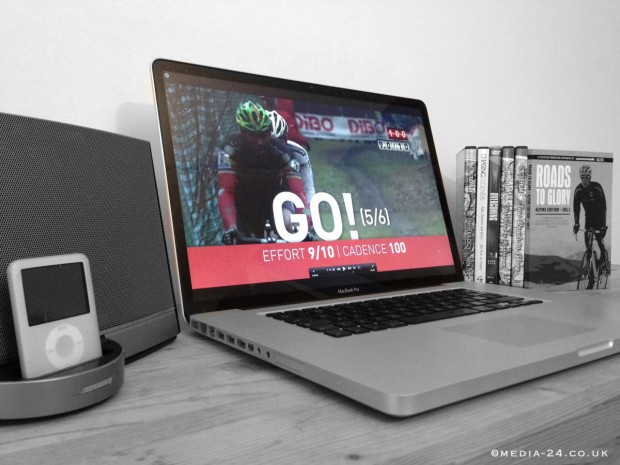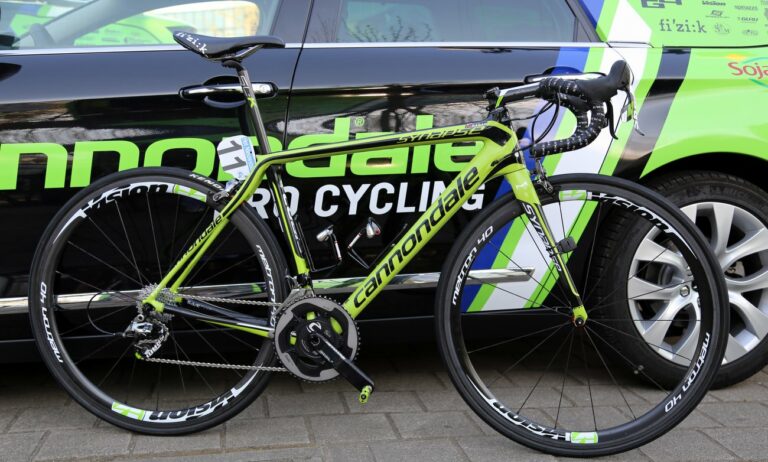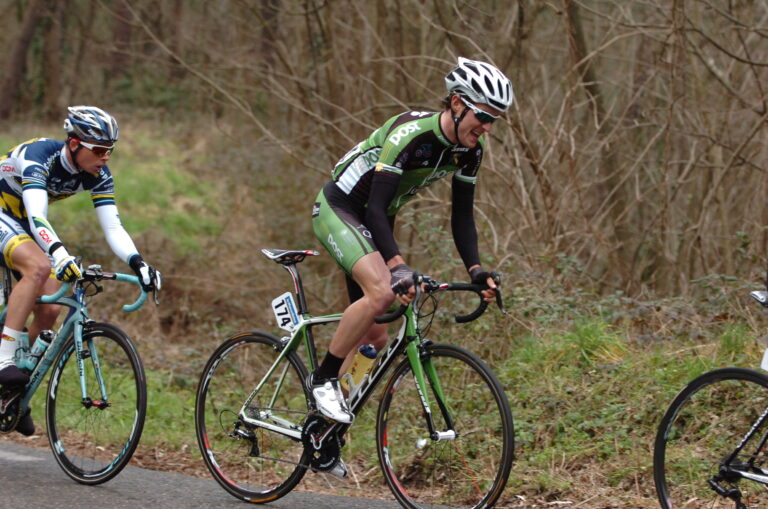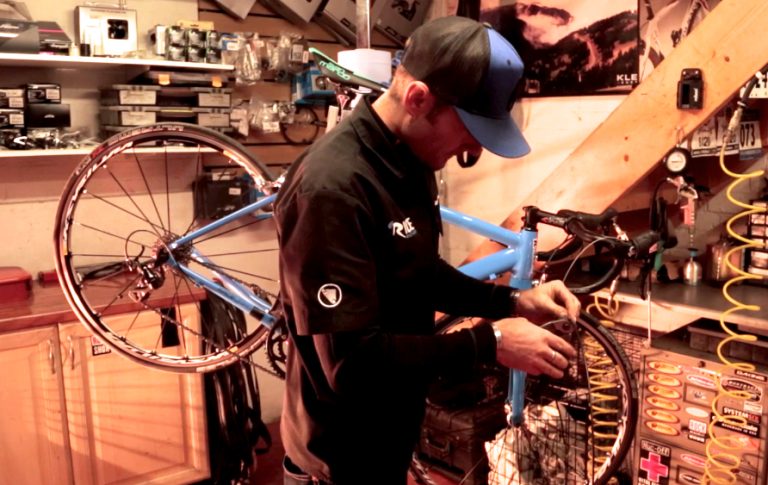Interval sessions
In its simplest form, interval training is designed to stress your system at a higher level than you are used to working at, interspersed with periods of recovery. It’s this continual cycle of high intensity, recovery, high intensity, recovery that gradually increases your body’s ability to process lactic acid, utilise oxygen more efficiently, and in turn increases the power that you are able to produce at your functional threshold – the maximum level that you can sustain before you go deep into the red and your body crosses the line from working aerobically to anaerobically. Ultimately, increasing your aerobic capacity will enable you to ride faster for longer.

While interval training sounds like an absolute winner, there are a few key points to note before you start. Firstly, ensure that you have a solid endurance base to work from and make an honest assessment of where you are physically, your goals , how much time you have available and the main areas you need to improve upon – for example, explosive power for sprinting, or functional threshold power for long sportive ascents. If you have a very specific goal then try and be as specific with your interval work as possible.
There are a multitude of different interval sessions and techniques that have been established over the years, from very short sprints over just a few seconds to longer intervals of 20 minutes or more, so it’s important to look for the right session to bring your form on in the right way. As sessions are shorter, it is generally easier to fit them into a busy schedule, giving a sense that you’re getting more bang for your buck in training.
It’s crucial to listen and learn from your body. Intervals are all about quality not quantity so you need to commit to the session and give it everything ensuring that you have adequate time to recover in between. Although they can be carried out on the road, often the controlled environment of the indoor trainer can be more suitable so that you can put your head down and focus on nothing but the job in hand.





